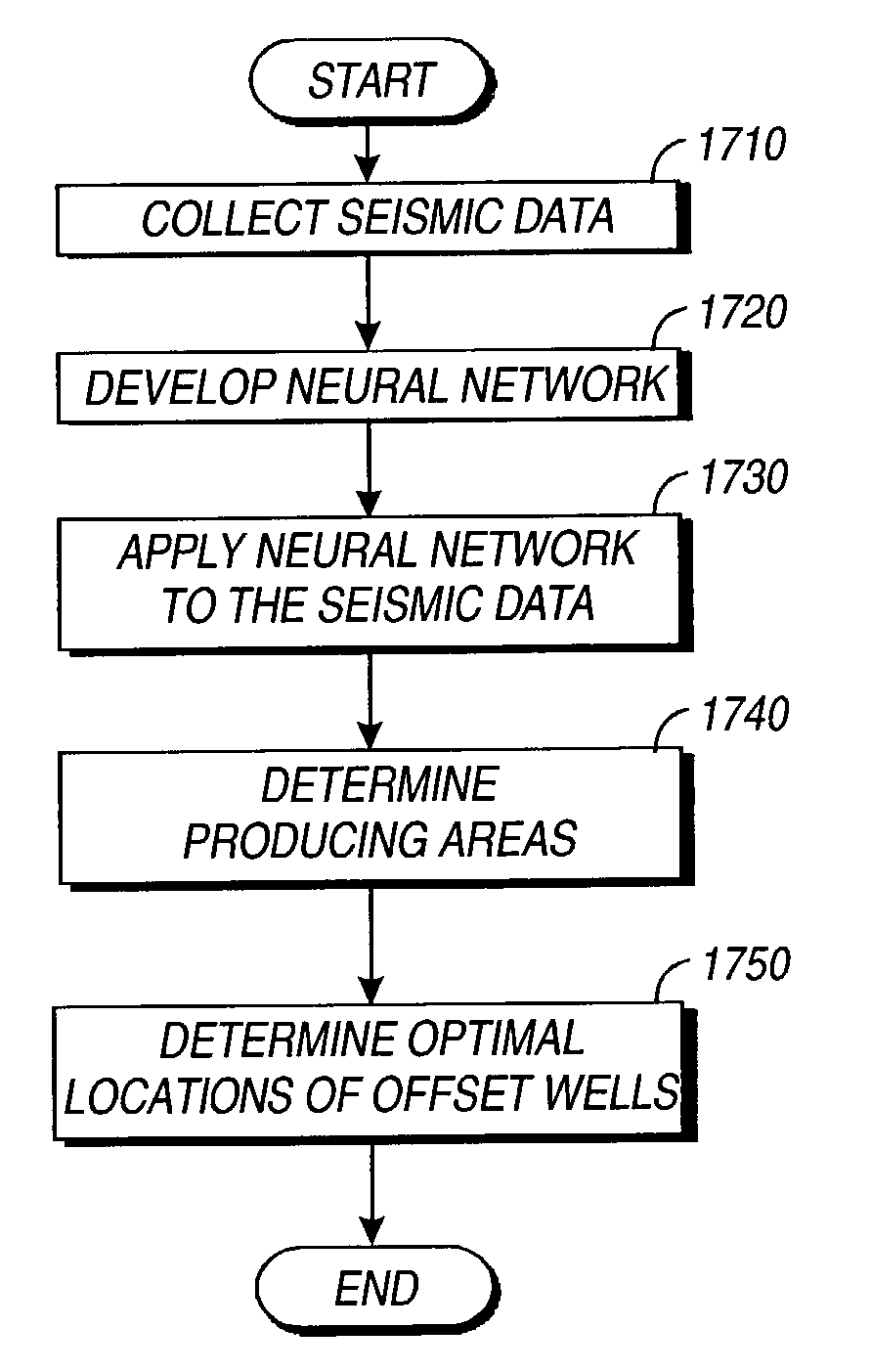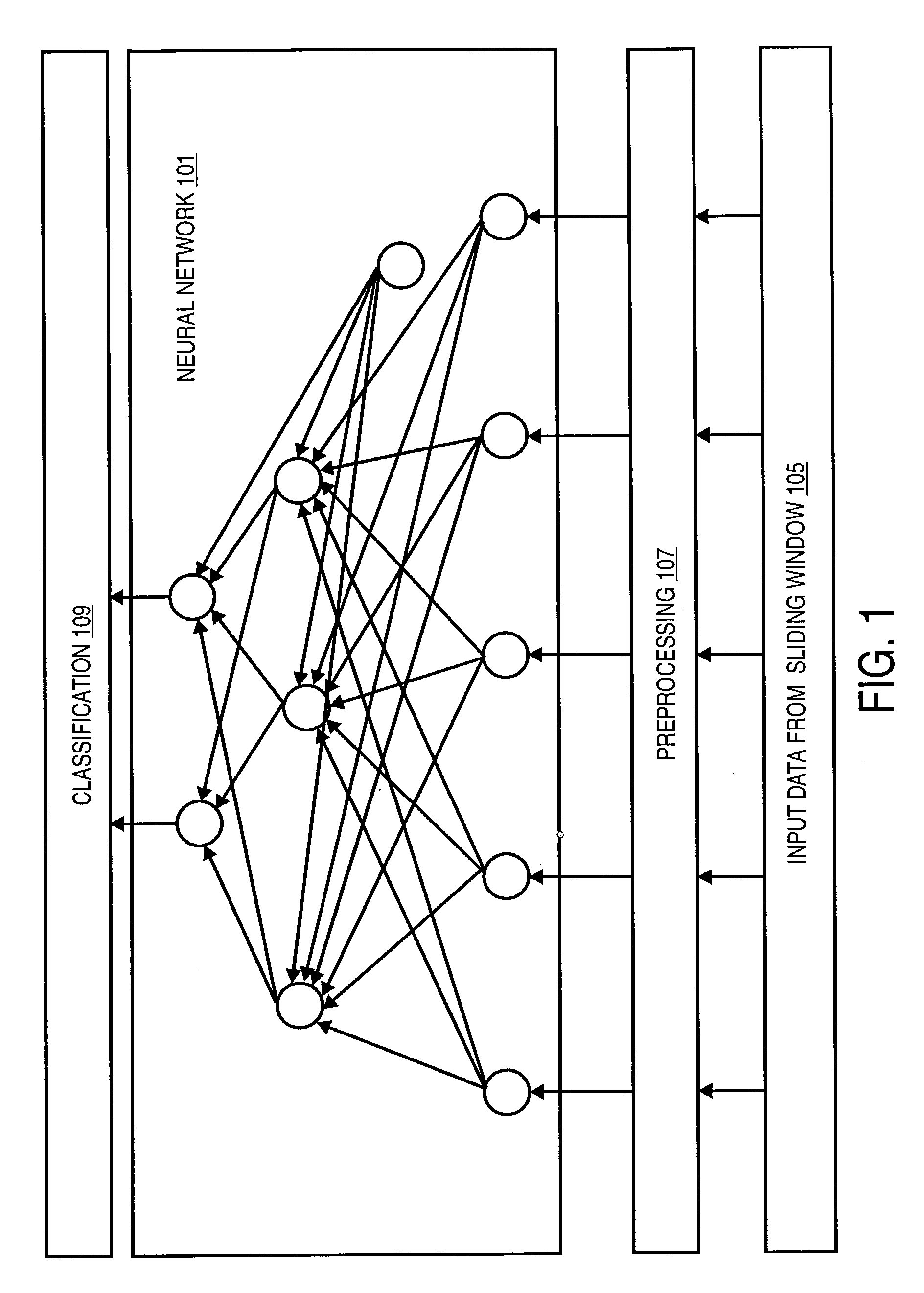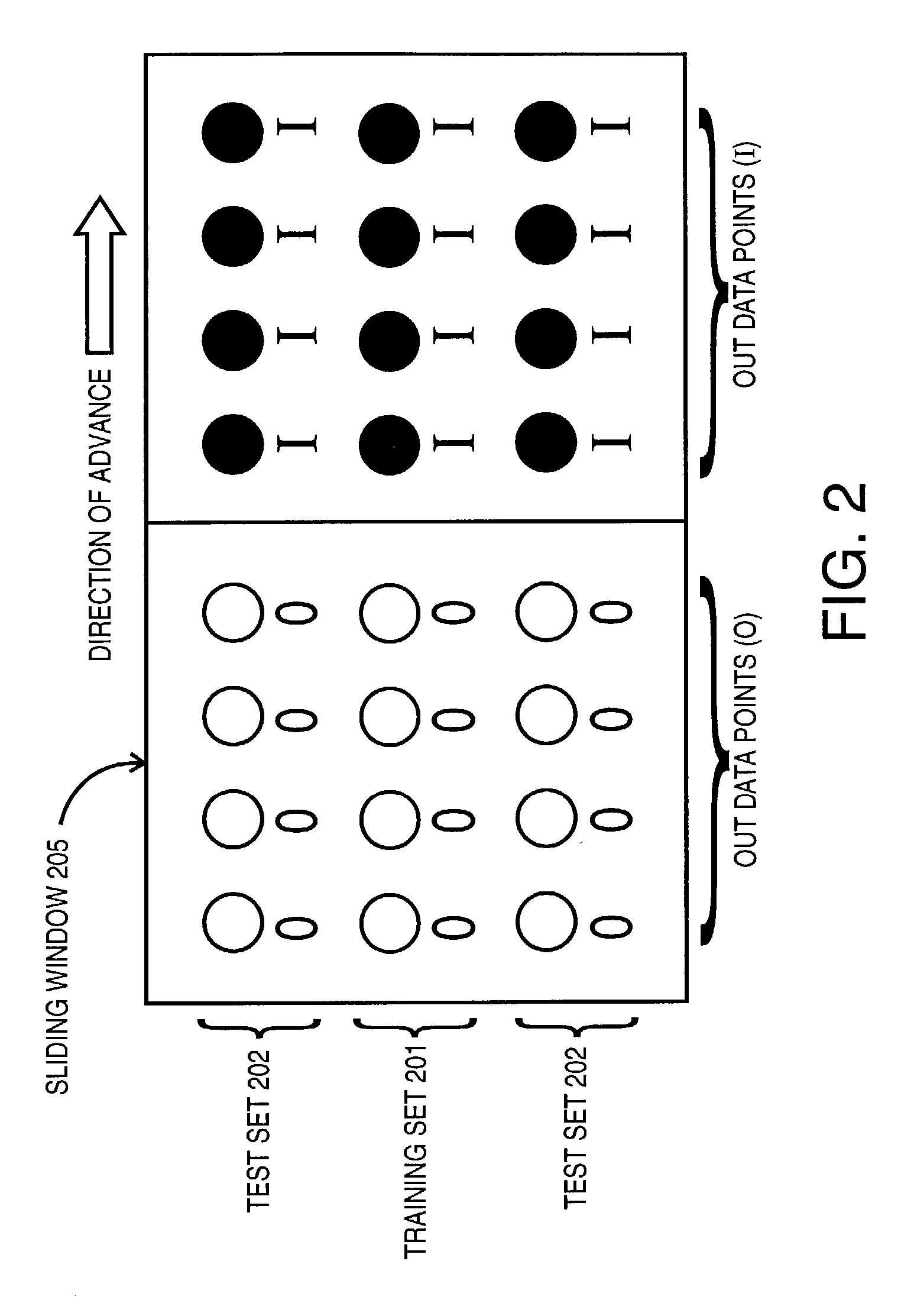System and method for enhanced hydrocarbon recovery
a hydrocarbon recovery and enhanced technology, applied in the field of enhanced hydrocarbon recovery, can solve the problems of long and expensive process of acquisition of known data, limited data amount of expensive personnel, laborious interpretation process of seismic data, etc., and achieve the effect of minimizing the error
- Summary
- Abstract
- Description
- Claims
- Application Information
AI Technical Summary
Benefits of technology
Problems solved by technology
Method used
Image
Examples
Embodiment Construction
[0176] Discussed above has been the preferred method of operation of the present invention. Discussed in this Section are the preferred structures (architecture) of the present invention. However, it should be understood that in the description set forth above, the modular structure (architecture) of the present invention was also discussed in connection with its operation. Thus, certain portions of the structure of the present invention have inherently been described in connection with the description set forth above. While many different types of artificial neural networks exist, two common types are back propagation and radial basis function (RBF) artificial neural networks. Both of these neural network architectures, as well as other architectures, can be used by the present invention. However, the exemplary embodiments described above were based on the back propagation model.
[0177] The preferred embodiment of the present invention comprises one or more software systems. In this...
PUM
 Login to View More
Login to View More Abstract
Description
Claims
Application Information
 Login to View More
Login to View More - R&D
- Intellectual Property
- Life Sciences
- Materials
- Tech Scout
- Unparalleled Data Quality
- Higher Quality Content
- 60% Fewer Hallucinations
Browse by: Latest US Patents, China's latest patents, Technical Efficacy Thesaurus, Application Domain, Technology Topic, Popular Technical Reports.
© 2025 PatSnap. All rights reserved.Legal|Privacy policy|Modern Slavery Act Transparency Statement|Sitemap|About US| Contact US: help@patsnap.com



